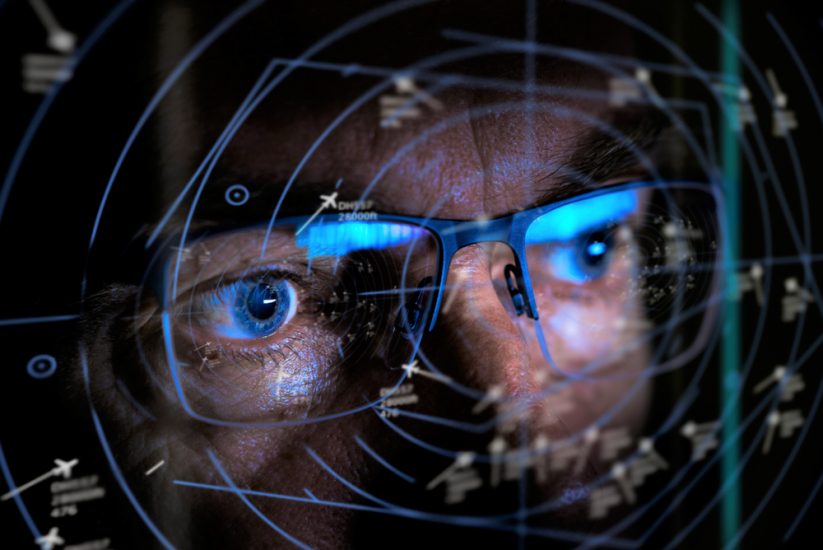By Jenny Beechener
“’Controller and ‘pilot’ will have very different meanings in the future,” said Nancy Graham of Graham Aerospace at the ICAO Drone Enable webinar on 25 February 2021 moderated by IATA’s Ruby Sayyed. The relationship between the two will vary in different sectors: instead of one-to-one there will be one-to-30 or one-to-40 at high-altitude. “The question is no longer about ‘whether’ but about ‘how’ the human is presented with information.” The human is expected to play the higher level role, but how and where this interaction takes place is central to safe and reliable unmanned operations.
The high-altitude community is developing new language and preparing a safety paper to address these challenges. ‘Certification’ is better described as ‘validation’, and ‘controllers’ will not always ‘control’ in High-Altitude Pseudo Satellite (HAPS) airspace – a learning space that offers a valuable opportunity to develop new concepts in a low-risk, low-density environment.
The issue is complex said UPS Advanced Technology VP Bala Ganesh: “What is the role of the controller and how do you enhance that once the first choice is machine-to-machine?” UPS is developing its own Safety Management System (SMS) to enable operations at scale. “We’ve started with safety policy, risk management, and safety promotion. We are looking at how we move forward beyond the existing framework of [certification] Part 135.”
Determining the right mix of human-machine teaming that enables the computer to do the primary work leans heavily on automation. The relationship between the service provider and the regulator needs to reflect the target levels of safety, and how those target levels of safety are assured, added Nancy Graham. “There are mechanisms and best practises, for example the circulars used by the RPAS community, to take on board lessons learned and inform the standards that need to be built for that communication, and eventually policy and regulation that needs to be adopted. There is a pathway of progressive steps.”
The webinar highlighted the need first and foremost for trust in the technology if the industry is to succeed. However, as Federal Aviation Administration (FAA) UTM Implementation Programme Manager Peter Sachs pointed out, when small UAVs stray into segregated airspace it is down to luck whether they hit a manned aircraft. “That’s breeding a lack of trust not just among the general public but among many pilots. If we can’t trust what these vehicles do today, what assurances do we have that those vehicles will be able to integrate safely and avoid each other at scale?”
Thales VP Airspace Mobility Solutions Todd Donovan said fundamental underlying assumptions and approaches are changing progressively. “With more connections, more information, more bandwidth, we have the ability to exchange data in ways not imagined 10 years’ ago. These systems enable people to make better decisions and apply algorithms. However, when you don’t have the pilot or controller looking at the solutions, how do you know there is not something unintended or nefarious going on? We’ll see more tests, trials, simulations and use of digital twins to support the safety processes and security systems.” This will drive more data-centric safety security processes based on constant analysis to achieve the optimum system/people balance.
Underlining the shift in thinking, ICAO Remotely Piloted Aircraft Systems (RPAS) Programme Manager Leslie Cary said the existing 75 year-old regulatory framework needs to recognise the direction the world is moving. “We [ICAO] are building [operating] requirements on the RPAS side, but when it comes to uncertified vehicles, which are in a majority, there needs to be a requirement to be visible and identifiable.” ICAO plans to define “levels of operation” which can be translated into national regulation and rules.
(Image: Shutterstock)




